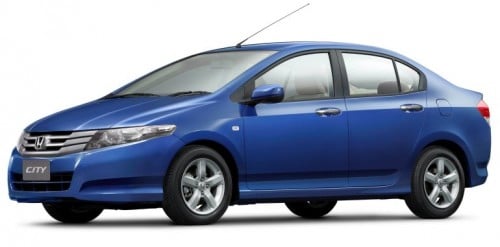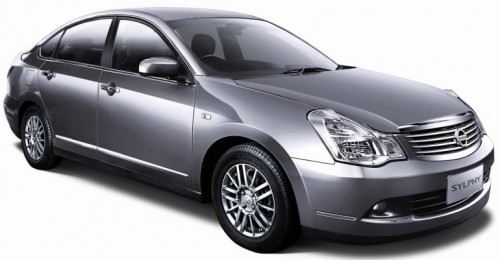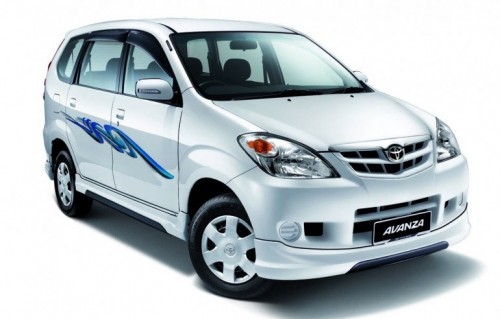According to the J.D. Power Asia Pacific 2011 Malaysia Initial Quality Study (IQS), overall new-vehicle initial quality in Malaysia has improved from 2010. The study – fielded between March and July this year – is based on responses from 2,858 new-vehicle owners who purchased their vehicle between September 2010 and May 2011. It includes 67 passenger car, pickup and utility vehicle models from 14 brands.
The study, which is in its ninth year, examines new-vehicle quality during the first two to six months of ownership, and measures more than 200 problem symptoms covering eight vehicle components, these being vehicle exterior, driving experience, features/controls/displays, audio/entertainment/navigation, seats, HVAC, vehicle interior and engine/transmission.
All problems are summarised as the number of problems reported per 100 vehicles (PP100). Lower PP100 scores of course indicate a lower rate of problem incidence and higher performance.
Overall initial quality in Malaysia averaged 124 PP100 in 2011, a 23 PP100 decrease from 2010. Initial quality has improved from 2010 in six of the eight problem categories: vehicle exterior, driving experience, features/controls/displays, audio/entertainment/navigation, vehicle interior and engine/transmission. The report says that the greatest improvements have occurred in the vehicle exterior category.
Despite overall improvement, the five problems reported most frequently by owners continue to be excessive wind noise, noisy brakes, excessive fuel consumption, air-conditioning which doesn’t get cold fast enough and the engine losing power when air-conditioning is on.
The study found that 44% of new-vehicle owners indicated having a problem-free experience with their vehicle. Among these owners, 51% say they “definitely woull” recommend the model they own to friends or relatives. In contrast, among the 56% of new-vehicle owners who experienced at least one problem with their vehicle in their initial six months of ownership, only 27% said they would recommend the model they own.
In terms of specific models, the Honda City ranks highest in the entry mid-size segment for a third consecutive year, with a score of 62 PP100, an improvement of 36 PP100 from 2010. Following in the segment rankings is the Toyota Vios. In the mid-size car segment, the Nissan Sylphy finished top of the heap with 39 PP100, followed by the Toyota Corolla Altis at 43 PP100 and the Honda Civic, with 55 PP100.
In the MPV/Van segment, the Toyota Avanza was class-leading for a second consecutive year, with a score of 64 PP100, with the Toyota Innova (73 PP100) and Nissan Grand Livina (107 PP100) in second and third respectively. As for the pickup category, the Toyota Hilux led the pack with 32 PP100, followed by the Isuzu D-Max at 47 PP100 and the Mitsubishi Triton at 64 PP100.
The IQS is one of three consumer-based studies that J.D. Power Asia Pacific conducts in Malaysia. This year’s Malaysia Customer Service Index (CSI) Study, which measures new-vehicle owner satisfaction with after-sales dealership service, was released in July, while the Malaysia Sales Satisfaction Index (SSI) Study for 2011, which examines new-vehicle buyer satisfaction with the sales and delivery experience, was released in September.
Looking to sell your car? Sell it with Carro.























AI-generated Summary ✨
Comments express skepticism about the JD Power Asia Pacific report, with many claiming it is biased due to its Japanese ownership and question its credibility, especially regarding the top ranking of Honda City and the Avanza's high score. Some believe that the survey results favor Japanese cars because they are simpler and more reliable, while others criticize the inclusion of certain models and question how older or imported cars are evaluated. Numerous comments highlight perceived inconsistencies, such as the Avanza's poor build quality and reliability, and suggest that European and Korean cars are undervalued. Overall, sentiments mixed between doubt in the report's objectivity and pride in local and alternative brands, with many asserting that actual real-world issues show different rankings than the report suggests.